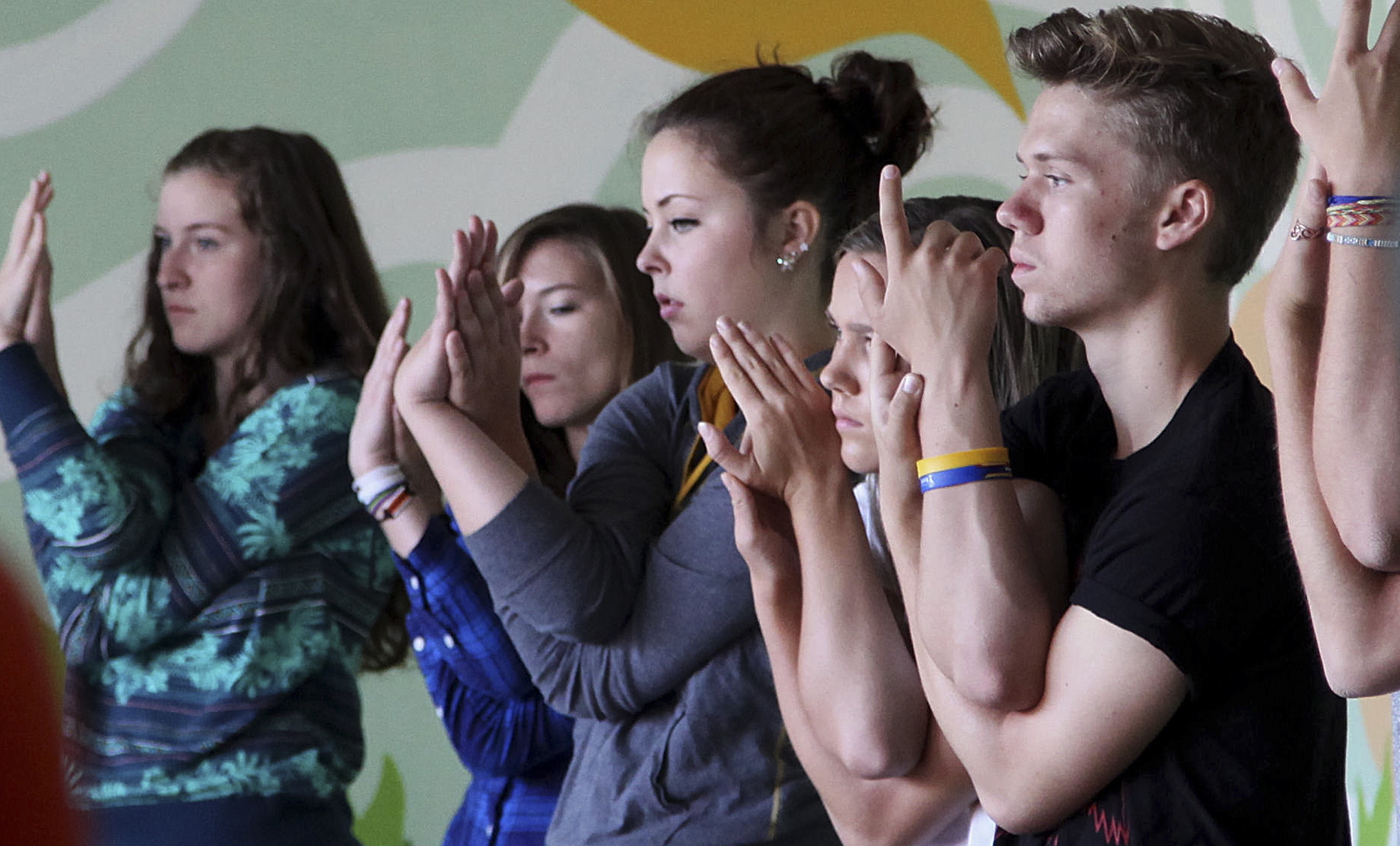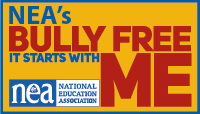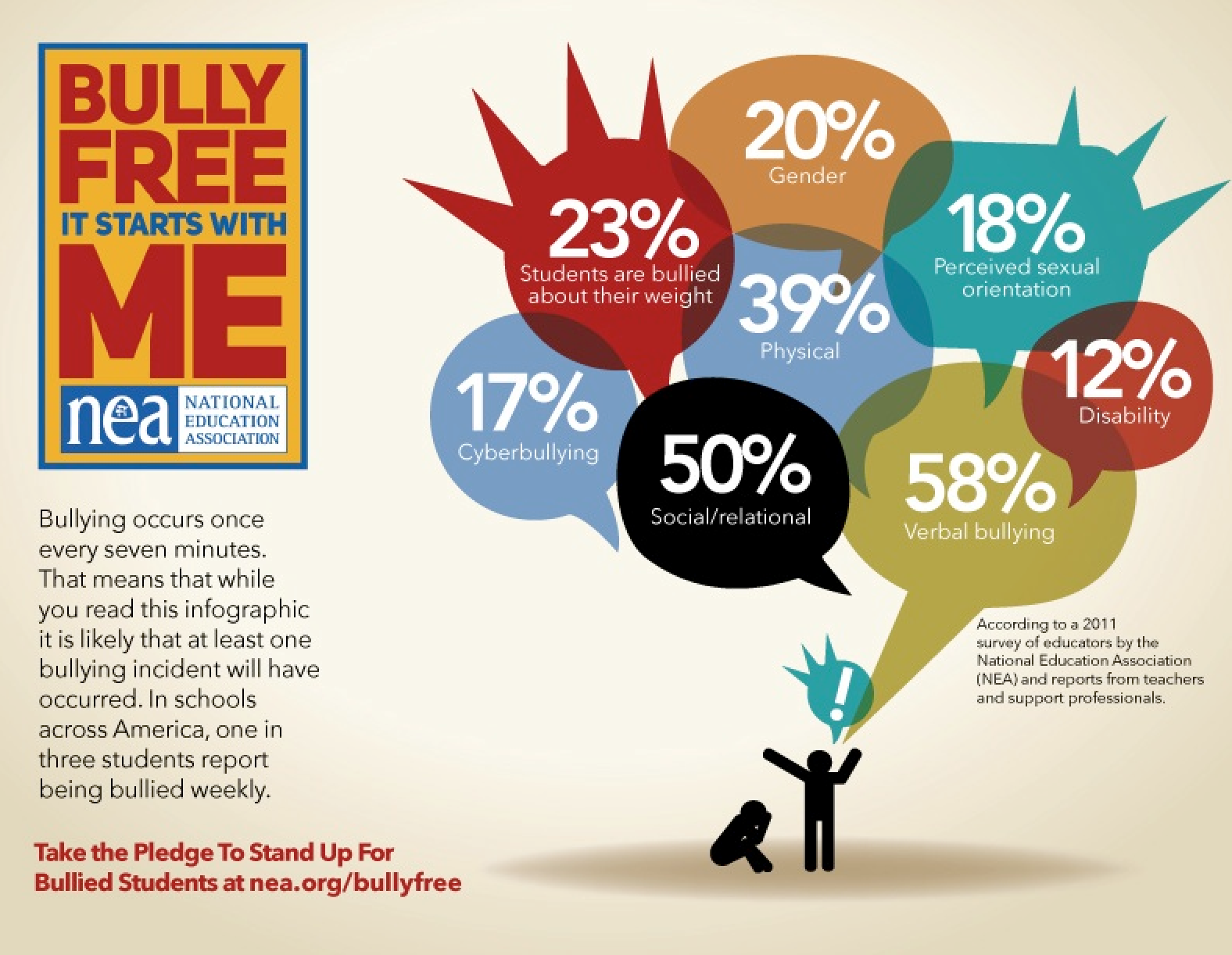 by Tara Hornich-Lisciandro
by Tara Hornich-Lisciandro
Nearly one in three U.S. students report being bullied during the school year, and seven out of ten young adults and children are victim to cyberbullying every day, according the National Center for Educational Statistics. More than half of bullying situations stop when a peer intervenes, but even with a 25 percent rise in anti-bullying and bystander programs throughout the United States in the past five years, bullying is, sadly, not slowing down.
As educators, we’re aware of this growing issue in our schools. We watch students with greater attention and hope we can send some type of message or lesson to our young ones. We try to better understand the situation, or where our students come from, but pointing fingers and looking back isn’t going to help the situation that is here and now.
When bullying is discovered within our school walls, the most important question must be: “What do we do now?” The practice of mindfulness, of focusing on the concept of “now,” may offer some help.
Mindfulness is not a system of beliefs. It is a basic attention practice that promotes awareness to the present moment, or the “now.” By helping students train their brains to focus more, and strengthen their brain functions, educators can use mindfulness to improve students’ skills, relax their thinking, and process more in a reasonable time period.
The ideas of “now” and mindfulness have been well-defined by researchers and authors like Eckhart Tolle and Jon Kabat -Zinn. A pioneer in this field, Professor of Medicine Emeritus at the University of Massachusetts Medical School Jon Kabat-Zinn states mindfulness “...means paying attention in a particular way; on purpose, in the present moment, and non-judgmentally.”
Mind - Bully Connection
Early research on the strategy of using mindfulness to prevent bullying shows great promise.
According to Mindfulschools.org and author Janice Houlihan from the University of Massachusetts: “Mindfulness practices help the bully, victim, and any witnesses involved develop a deeper awareness of themselves, resilience, compassion, and a greater ability to regulate their emotional responses.”
In fact, learning about mindfulness helps teach our students more about their physical selves and how parts of the body and mind work together, and against us. Mindfulness becomes a type of “medicine” that they can use to combat the anxiety that may lead to bullying.
Like any good athlete, training students to become more mindful takes practice. And while the “art” of mindfulness may sound very simple, our highly over-active brains do find it difficult to practice at first. Using mindfulness in the classroom for just 10-15 minutes per day can greatly aid in a students’ behavior, attention, and thinking process.
Several years ago, I noticed some students were anxious about taking Advanced Placement exams, meanwhile, others were always in fights, getting suspended, and missing days of school. It was easy to see that my students were too anxious, they weren’t eating properly, getting enough sleep, associating with the “wrong crowd,” and making poor decisions. Having suffered from anxiety, I could relate to some of their issues easily. I had been learning and working with the practice of mindfulness, so I began using mindful techniques in my classes and to work with the concept of “now.”
We all took a few deep breaths and focused our attention on the here and now, without judgment. Slowly, my students learned to value the present moment and anchor their thoughts and feelings. Within just a few weeks, students were asking to practice mindfulness almost daily. I noticed fewer fights, better work, and more focused students.
“I’m not so angry [practicing mindfulness],” wrote one student about the practice, “and I’m less worried, not so overwhelmed about all the things I have to do.”
Another wrote: “you can worry about every stressful little detail or focus on what’s important… After taking this time to practice mindfulness in class, we’re more relaxed and happier, too.”
Mindfulness helped students control their thoughts, calm themselves down, and take better control of their emotions. Using this practice daily, bullies and bystanders also become more aware -- to stop and think before they act and react, and make better decisions. Learning how to slow their thoughts, listen, communicate, focus, and become more aware through mindfulness, is a tool, many students tell me, they don’t want to lose. With time and practice, mindfulness has become a part of their everyday lives.
Mindful techniques you can use in the classroom:
- Observe your breath. With a straight back, breathe in the words: “I am” and breathe out the word: “Peace.” Repeat 3-5 times. Be sure to feel your breath rising from the base of your spine, or abdomen, and allow it to rise through your chest and lungs. These can also be referred to as “elevator breaths” for a better visual thought.
- Count to two as you breathe; hold the breath for another two count and release the breath for another two count. Repeat.
* Watch Jon Kabat-Zinn’s Body Scan video on YouTube, and then use the technique in your classroom. This guided meditation quiets the body and mind by placing awareness on all parts of the body. - Mindful walking involves concentrating on one’s feet, muscles, sensations, etc. Have students take 10 to 20 steps in a circle or line (in or out of the classroom). This should be done in silence to increase awareness.
- In a circle or row, have students pass an object that needs careful attention (e.g., a bell that should not be allowed to ring or a cup of water that should not be allowed to spill). Again, the students should not speak, but only notice their movements and the sensations associated with them.
- Mindful work/reading. Have students focus on the work presented to them. Ring a bell to begin and end the exercise. Students should work quietly and place their full attention on the task at hand.
- Remind students that if bothersome thoughts get in their way as they practice mindfulness, to return to their breath, listen, and feel for their breathing sensation to “anchor” them back to the “now” moment and return to the task on hand.
 Mindfulness is just one technique to help counter bullying in schools. Find more resources and information at NEA’s Bully Free site: www.nea.org/bullyfree
Mindfulness is just one technique to help counter bullying in schools. Find more resources and information at NEA’s Bully Free site: www.nea.org/bullyfree
Also, NEA Healthy Futures and NEA EdCommunities (registration required) includes a Student Bullying group that offers a forum for educators to express concerns and share resources and best practices; they also provide two webinars.
Tara Hornich-Lisciandro works in the Matawan Regional School District in NJ. She has taught for over 14 years in the United States and Italy as a high school language and history teacher and adjunct. She also works as a private consultant teaching mindfulness to kids and teens. Contact: Tara Hornich-Lisciandro at [email protected].
Mindfulness resources
www.mindful.org--a plethora of resources for integrating mindfulness into education
www.garrisoninstitute.org--click on the “Teaching & Learning” tab
www.mindfulschools.org--the “Mindful Society” page offers information for teachers
www.challengeday.org--this non-profit provides one-day programs as a service to junior high schools, middle schools, and high schools with students in grades 7-12.
www.eomega.org--this non-profit offers workshops for teachers
www.thehappyhealer.wordpress.com (Tara’s blog/resource site)








